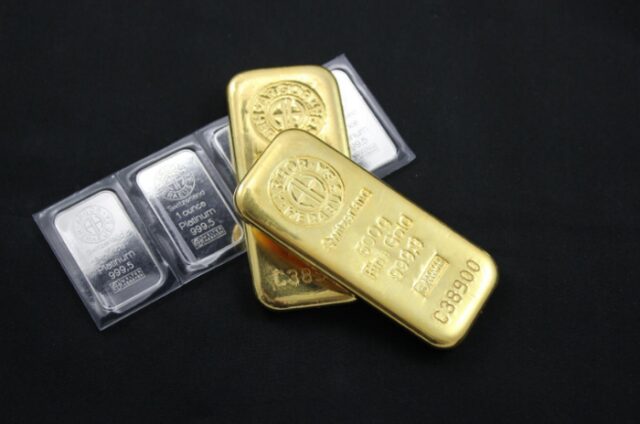
Precious metals investments provide investors with a way to both store wealth and increase its value over time. Gold, silver, platinum, and palladium are some of the more commonly held precious metals for investment purposes.
Investors purchase these assets for several reasons, including diversifying portfolios or protecting against inflation and times of financial instability. All investments, however, involve some degree of risk.
Gold
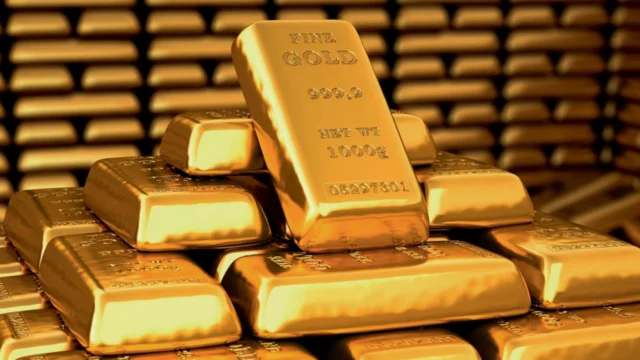
Gold has long been valued as an invaluable form of wealth preservation and value accumulation. Gold jewelry has long been popular, but it also finds a variety of industrial applications. Gold can often be alloyed with other base metals to improve its properties for use in decorative or industrial products.
This material’s malleability, ductility, and high corrosion resistance make it a top choice for electrical connectors. Furthermore, this versatile material is also utilized to manufacture heat shielding material as well as dental work, cancer treatments, and decorations – among other uses.
Exchange-traded funds (ETFs) offer one of the best methods of investing in gold; these funds enable investors to track their price without physically possessing it and usually feature low bid-ask spreads.
Contracts designed to reduce or eliminate risk can be traded on exchanges or over-the-counter (OTC), but it’s important to remember that they’re not suitable for everyone; anyone interested in investing in precious metals should consult an independent financial adviser like Bonds Online to learn about all their available options and determine which would work best. It is important to research all your options thoroughly before committing.
Finally, gold-mining companies offer another form of investment through shares in their stock. Although this comes with more risk associated with it, you can invest in one committed to environmental responsibility and social responsibility to help you create wealth in a way you can feel good about.
Gold is an attractive investment choice as it tends to be relatively immune from market fluctuations and can act as an excellent hedge against inflation. Furthermore, it serves as an attractive alternative to currencies as it has tangible backing that does not fluctuate with interest rates.
Gold’s future performance can often be hard to predict, yet it remains one of the best investments during times of high uncertainty or shifting inflationary environments. Furthermore, it performs particularly well during currency debasements or when other assets experience declining prices, such as during a nationwide recession.
Silver
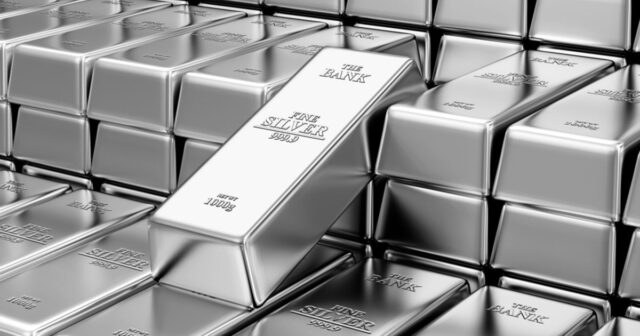
Silver is a precious metal found in naturally occurring minerals as well as by-products from mining for copper, lead, and zinc.
Many investors include silver as part of a precious metals portfolio to reduce risk and diversify investments, but this investment might not suit all financial situations – so prioritize your personal circumstances before adding silver.
As it provides a haven asset that can withstand inflationary increases and stock market drops, silver offers an appealing investment option for those concerned about losing capital in volatile markets. Furthermore, investing in silver could be suitable for long-term investors looking for lower risks of investing their capital elsewhere.
Physical silver can be acquired in several different ways, from buying coins or bars directly to investing in exchange-traded funds (ETFs) that back the metal itself. ETFs are particularly convenient because they are easy to purchase and sell quickly if desired while moving your investments between accounts as desired is also straightforward.
Investment opportunities exist within companies that mine silver. You will not get paid directly for what is produced; rather, dividends or royalties from these investments could provide an attractive form of income, particularly when share prices increase significantly.
Industrial use accounts for half of the global silver production annually, and much of it is utilized by industries that produce soldering and brazing alloys, batteries, photovoltaic energy panels, RFID chips to track deliveries, dentistry, nuclear reactors, photography, glass coatings, LED chips water purification and wood preservatives.
Silver has many uses today in medical and pharmaceutical products. Its antimicrobial properties make it an indispensable ingredient of many medications; specifically, antibacterial drugs and topical antiseptics used to treat wounds and burns are composed largely of silver compounds.
Furthermore, vaccines contain silver components as do antimalarial medicines, additionally silver serves as an ingredient of anticoagulants, thrombolytic drugs, and narcotic pain relievers. All these industrial applications ensure that silver will be in high demand for years to come, making it a worthwhile investment.
Platinum
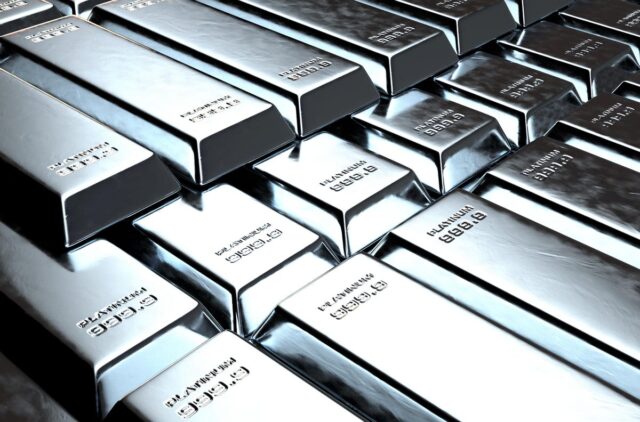
Platinum is one of the world’s most highly prized precious metals, especially for use in jewelry design. Additionally, platinum is used as an industrial catalyst and catalytic converter in vehicles.
Physical platinum investments offer many advantages for investors looking for diversification and protection against inflation and economic instability. Like all investments, however, precious metal investments may involve risk and can potentially result in both gains and losses.
While it can be challenging to predict the price of platinum, its value tends to fluctuate depending on supply and demand factors such as industrial production needs. Thus, its price may increase or decrease at any time.
When purchasing platinum, investors have several ways to do it. One option is purchasing via exchange-traded products like futures contracts; these allow investors to secure specific quantities at predetermined prices on certain dates.
Investors looking for platinum should also consider non-bullion products like bars and coins as an investment strategy, which are less expensive but still offer high levels of liquidity.
Platinum bars and coins are created under strict control conditions in an environment designed to ensure the purity of material, with each piece stamped with a quality stamp indicating their purity. This information helps collectors quickly recognize high-quality pieces.
Platinum bullion products provide liquidity that other forms of investment do not. Furthermore, many are backed by governments or trusted entities for added credibility and stability not possible elsewhere.
Palladium
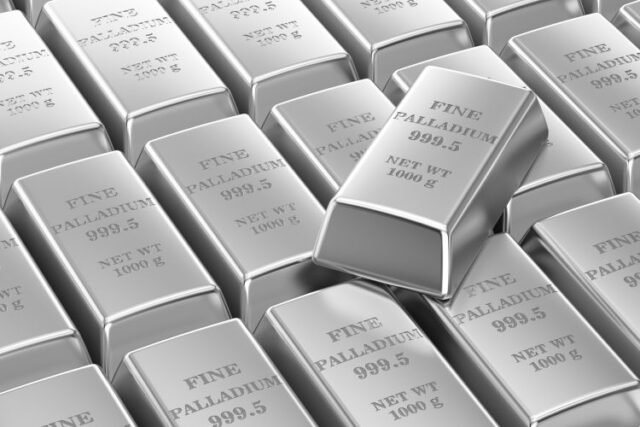
Palladium is a silvery-metallic metal with multiple industrial applications, from electronics and jewelry production to medicine, dentistry, and groundwater treatment. Like platinum, palladium can be easily bent without becoming tarnished, unlike its rival metal.
Palladium’s use in environmentally friendly cars is growing as more carmakers recognize its benefits. Palladium plays an essential part in catalytic converters, which convert harmful carbon dioxide and nitrogen oxide emissions into non-harmful forms that do not harm the environment. Catalytic converters play a critical role in reducing exhaust emissions from gasoline-powered vehicles – the primary source of greenhouse gas production in modern society.
Palladium can also be utilized in the creation of high-grade capacitors and flat-screen televisions. Furthermore, its ability to absorb hydrogen can prove invaluable when developing fuel cell technologies.
Palladium prices are determined largely by market demand for this metal in various industries. If there is an insufficient supply, prices may increase accordingly.
Mining operations can also have an effect on palladium prices. When miners experience difficulties such as worker strikes, this may reduce the availability of palladium.
Due to palladium’s status as an uncommon metal, finding enough supply can often prove challenging, and prices may fluctuate accordingly – making it crucial to exercise caution and remain aware.
Palladium can be an attractive asset for investors seeking to diversify their portfolio or hedge against inflation, as its store of value properties could allow it to appreciate over time.
Palladium prices may fluctuate based on various other factors; for instance, changes to the value of the dollar could cause its cost to drop and ultimately impact palladium pricing.
Conclusion
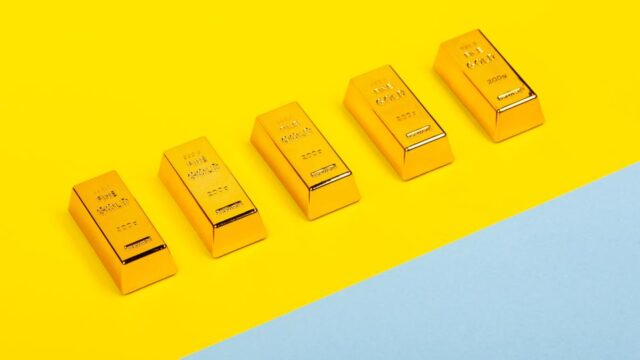
Precious metals tend to be less volatile than stocks and bonds when it comes to market fluctuations, making them an excellent asset to hold onto during periods of increased risk. It can be helpful to consult with financial professionals to help you decide how and when to invest in the precious metals market. They can help you determine which avenues are the best for your portfolio.












